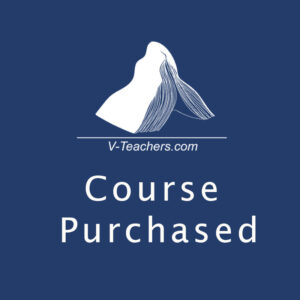Calculus and Vectors, University Preparation
Course Specifications
Course Title: Calculus and Vectors, Grade 12, University Preparation
Ministry Course Code: MCV4U
Prerequisite: Advanced Functions, Grade 12, University Preparation, must be taken prior to or concurrently with Calculus and Vectors.
Credit Value:
Time:
Curriculum Guideline Source:
Department: Mathematics
Course Description
This course builds on students’ previous experience with functions and their developing understanding of rates of change. Students will solve problems involving geometric and algebraic representations of vectors and representations of lines and planes in three- dimensional space; broaden their understanding of rates of change to include the derivatives of polynomial, sinusoidal, exponential, rational, and radical functions; and apply these concepts and skills to the modelling of real-world relationships. Students will also refine their use of the mathematical processes necessary for success in senior mathematics. This course is intended for students who choose to pursue careers in fields such as science, engineering, economics, and some areas of business, including those students who will be required to take a university-level calculus, linear algebra, or physics course.
$295.00
Ontario Secondary School Credit
Ontario Certified Teachers
Language of instruction: English
Regular Teacher Contact
Sequenced Lessons
Recorded Video Lessons
e-Resources
Mathematical process expectations. The mathematical processes are to be integrated into student learning in all areas of this course.
Problem Solving
● develop, select, apply, compare, and adapt a variety of problem-solving strategies as they pose and solve problems and conduct investigations, to help deepen their mathematical understanding;
Reasoning and Proving
● develop and apply reasoning skills (e.g., use of inductive reasoning, deductive reasoning, and counter-examples; construction of proofs) to make mathematical conjectures, assess conjectures, and justify conclusions, and plan and construct organized mathematical arguments;
Reflecting
● demonstrate that they are reflecting on and monitoring their thinking to help clarify their understanding as they complete an investigation or solve a problem (e.g., by assessing the effectiveness of strategies and processes used, by proposing alternative approaches, by judging the reasonableness of results, by verifying solutions);
Selecting Tools and Computational Strategies
● select and use a variety of concrete, visual, and electronic learning tools and appropriate computational strategies to investigate mathematical ideas and to solve problems;
Connecting
● make connections among mathematical concepts and procedures, and relate mathematical ideas to situations or phenomena drawn from other contexts (e.g., other curriculum areas, daily life, current events, art and culture, sports);
Representing
● create a variety of representations of mathematical ideas (e.g., numeric, geometric, algebraic, graphical, pictorial representations; onscreen dynamic representations), connect and compare them, and select and apply the appropriate representations to solve problems;
Communicating
● communicate mathematical thinking orally, visually, and in writing, using precise mathematical vocabulary and a variety of appropriate representations, and observing mathematical conventions.
Course Outline
| Unit 1 | Exponential and Logarithmic Functions | 25 hours |
| Unit 2 | Trigonometric Functions | 28 hours |
| Unit 3 | Polynomial and Rational Functions | 42 hours |
| Unit 4 | Characteristics of Functions | 15 hours |
| Total | 110 hours |

